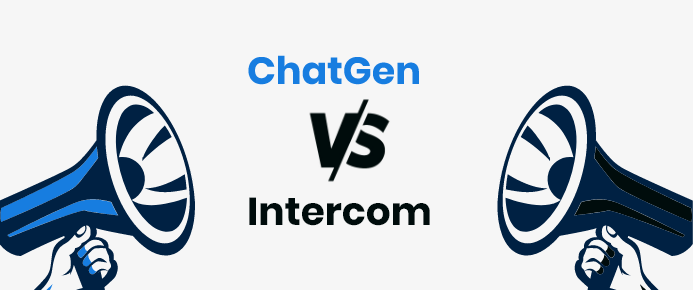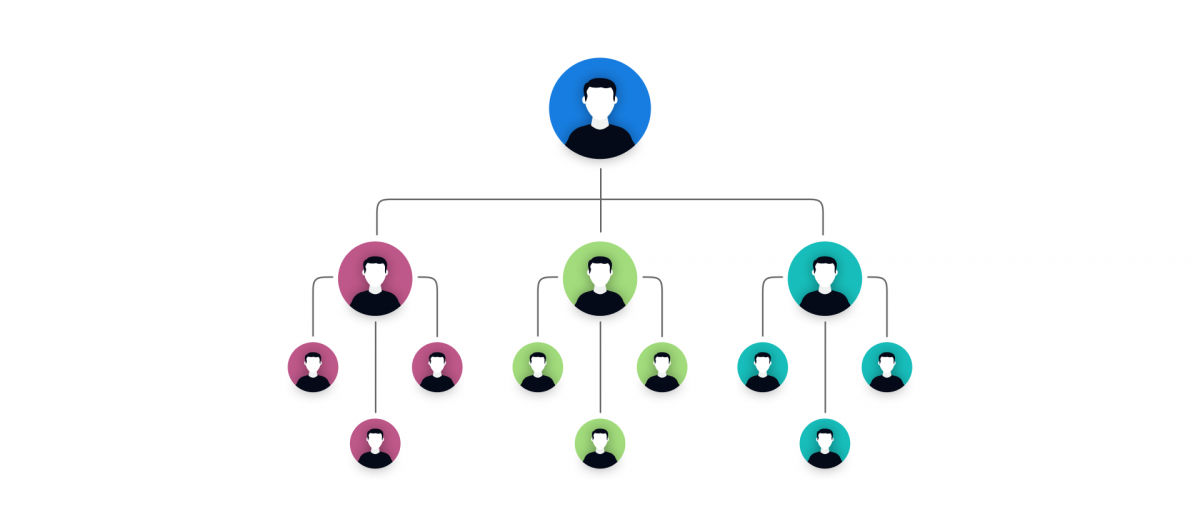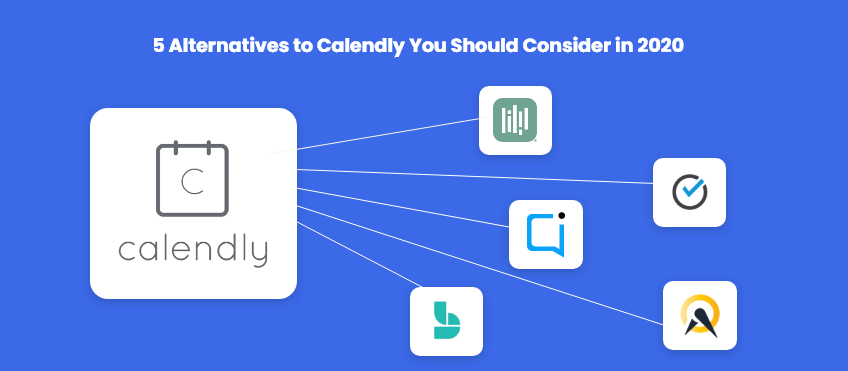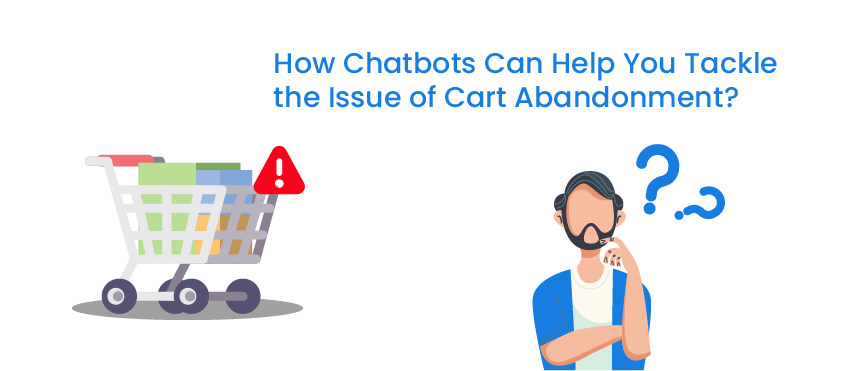The best way to bring in new customers is to take great care of the existing ones. In business terms, a satisfied customer is the best marketing tool your company has. When customer satisfaction is at the nucleus of a company’s efforts and is given huge significance, translating it into measurable metrics and deriving actionable insights from it becomes critical. The fundamental initial question to be answered is, “Are my customers satisfied ?”.
What Is Customer Satisfaction?
Customer satisfaction is the measure of how happy your customers are after purchasing your offering or service. It indicates how much a customer liked their entire journey with your brand. It is measured through methods such as CSAT surveys and the responses are measured against a CSAT rating scale. If a customer is satisfied with your service or product throughout various touchpoints, you can consider them a thoroughly satisfied customer. Many customers might face bottlenecks at various touchpoints such as training, implementation, support, product updates and more. To capture the sentiments, it’s important to measure numerically “how satisfied customers are?” after every touchpoint using a CSAT score.
What Is A Customer Satisfaction Score (CSAT)?
A numerical value for how satisfied customers are after each interaction measured through surveys is called a CSAT score. It is measured by asking direct questions to customers and taking in their responses on a scale of 1 to 5 where 1 is “Very unsatisfied” and 5 is “Very Satisfied”. The survey is ideally done after every key interaction and is used to pinpoint areas where there is a dip in customer satisfaction.
How To Measure CSAT Score?
CSAT score is measured by dividing the number of customer survey responses that said “Satisfied” or “Very satisfied” by the total number of survey responses.
CSAT score = (No. of customers who responded satisfied and above / No. of survey responses. ) * 100 %
For example, if 40 of your customers responded “Satisfied” and 10 customers responded “Very Satisfied” out of 150 responses, then your CSAT score is as follows
CSAT = {(40 + 10) / 150} * 100 = 33.33%
How To Conduct a CSAT Survey?
A CSAT survey should be aimed at understanding customer perception about your brand and quantifying it, sometimes when the customers are unsure themselves. The survey has to factor in areas such as competitive landscape, pricing, service and more.
The details of survey respondents are also important as they represent different demographics. Age, gender, culture all play a significant role in the way customers respond. For example, a customer from India or Japan is more likely to respond with the median value of “Satisfied” or “Neutral” but a customer from the United States will most likely be vocal about their feelings and will not shy away from responding “Very Unsatisfied”. Yes, “Very Unsatisfied” is a bad response despite demographics. But when a customer from Vietnam or Singapore responds with it, there has been a much more serious letdown.
It is important to establish the areas of the survey. The entire CSAT score works in the market because it is a short, relatively accurate way to assess customer sentiment. Making the survey too long might be detrimental to the cause. 5 questions is a good average to have and more than 10 is definitely to be avoided. Putting these 5 questions to use and mining maximum insights should be the ultimate goal of the survey. Some of the key segments to be targeted in the survey irrespective of market vertical:
-
Product Usage
Aimed at assessing if your solution or product delivers the promised value proposition to the customer.
-
Support
Aimed at assessing if there was enough ”˜hand-holding’ for a customer throughout their journey with your brand or if they felt blindsided.
-
Customer Service
Aimed at judging if there was enough support offered to customers either during their evaluation phase or their post-purchase phase. It can also be an indicator of how well your support team is equipped to handle customer calls.
-
Pricing
Aimed at assessing if customers are satisfied with your price. The unique finding of this segment lies in what it indicates. If customers sway towards an extreme of “Very Satisfied” or “Very Unsatisfied”, it could mean that you have either severely under-priced or overpriced your product.
-
Ease Of Access
Aimed at assessing how easy it is for customers to find out about your service or reach out to you for clarifications. For example, this segment’s response can be negatively impacted by long waiting queues on support calls, or convoluted warranty claims processes.
You can find a ton of survey examples online, draw inspiration from them and tailor surveys to suit your needs. Alternatively, you can contact our team and they would be happy to help you assess your standing.
When To Conduct A CSAT Survey?
The industry best practice is to conduct a CSAT survey after every pivotal customer interaction. They can broadly be classified into:
-
Discovery
The phase when the customer is trying to find solutions to a problem they’re having or are looking for specific items to fit their needs.
-
Evaluation
The phase where customers have narrowed down on a select few solutions or products and are either trying them out or reading reviews about what they have in mind.
-
Purchase
The phase where the transaction of sale happens after negotiations and the deal is sealed. In industries such as IT, this phase includes peripherals like signing MOUs or implementing POCs.
-
Post-purchase
The phase after sale has been done and relies on how the customer is supported after-sale when they reach out for warranty, training, replacement, issues and so on.
A CSAT survey after every phase can be used to measure the efficiency of activities and interactions that happened with the customer at that phase. This way, it is easy to pinpoint areas that can be improved to enhance the customer experience and effect change in the key indicators of customer satisfaction.
However, the time frame difference can vary from industry to industry. For example, the software industry generally sends out surveys 6 months post-purchase so that customers have significant time to get acclimatized to their solutions. The food delivery industry however has a much shorter time lag between surveys. They prefer customers to rate every order and every dish.
A good thumb rule is to wait till customers have enough experience with your product and send out a survey when their perception of your brand is fresh on their minds.
What Is A Good Customer Satisfaction Score?
According to this article, a good customer satisfaction score typically falls between 80% and 86%. As mentioned earlier in this blog CSAT score and CSAT meaning has to be taken with a pinch of salt. It can be influenced by a variety of factors and the original meaning of the survey might drown in if not handled with careful precision.
You can find a country-wise report on CSAT scores in this report from ZenDesk. CSAT also varies from industry to industry. In 2020, Cellular Telephones rocked the highest CSAT scores in the United States at 80%, a +1.3% change from the previous year. “Televisions and Media Players” ranked 2nd at 80% as well but their CSAT declined by 2.4% year on year. Below are 2019 and 2020 CSAT scores for different industries in descending order of their CSAT growth percentage in 2020:
| Industry | 2019 CSAT score | 2020 CSAT score | YoY growth percentage |
| Internet service providers | 62 | 65 | 4.8 |
| U.S postal service | 70 | 73 | 4.3 |
| Subscription Television Service | 62 | 64 | 3.2 |
| Video On-demand service | 67 | 68 | 1.5 |
| Airlines | 74 | 75 | 1.4 |
You can find specific CSAT scores for different industries according to this American Satisfaction Index (ASCI) here.
CSAT scores give a good measure into how well customers perceive your brand but they have their own set of drawbacks too. In the following table, we take a look at a few of the advantages and disadvantages of CSAT:
| Advantages of CSAT | Disadvantages of CSAT |
| Simple and accurate | Influenced by many demographics. So a good CSAT score for one company in the same industry might not be the right benchmark across other companies. |
| Offers high customizability to tailor-make surveys according to specific requirements | Often customer response is based on the “sentiment” of their last interaction with your brand and may not correlate to their actual overall experience. |
| High responsiveness when surveys are direct and short. | Is often ignored by companies as the metric contributed only to a perceived brand value and not direct revenue unlike parameters like “Customer Acquisition Rate” (CAR), “Customer Lifetime Value” (CLV) and the like. |
CSAT is a great way to derive insights about the ground reality. You can only correct problems you know exist but a key indicator like CSAT helps measure customer perception and throws light onto problems you never knew existed. That being said, CSAT score delivers the best insights when combined with other key indicators of customer success such as Net Promoter Score (NPS) and average deal size. If you’re looking for ways to measure and optimize your business offerings, you can book a free consultation call with our market experts. They will be happy to help you with industry-wise statistics, market trends and how you can navigate through to become a customer-centric business. Also, don’t forget to share this blog with your friends who are looking out for ways to optimize their business.















